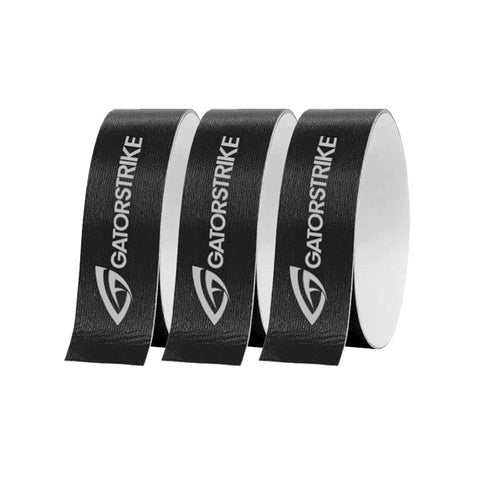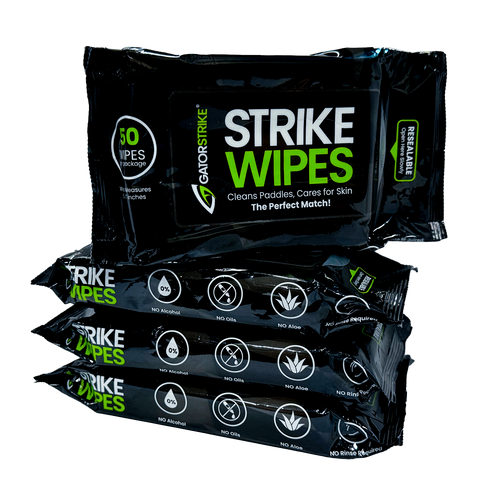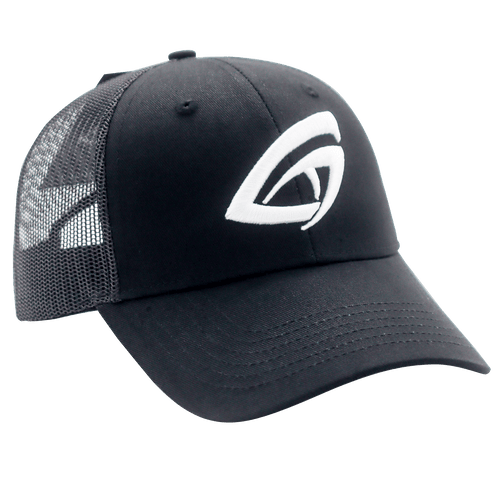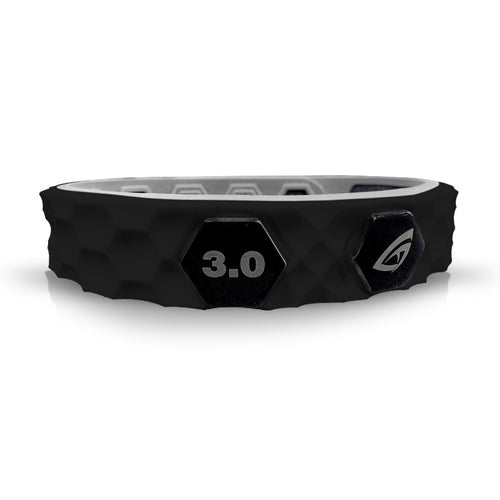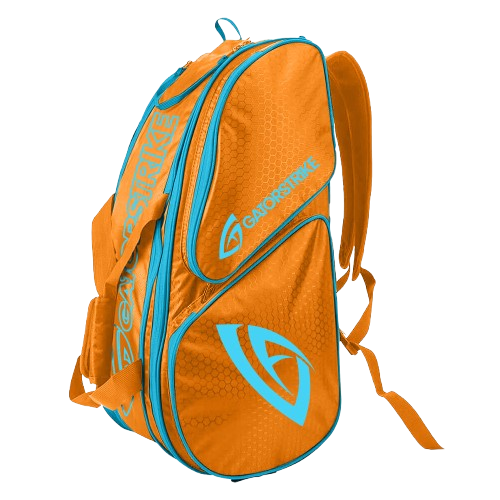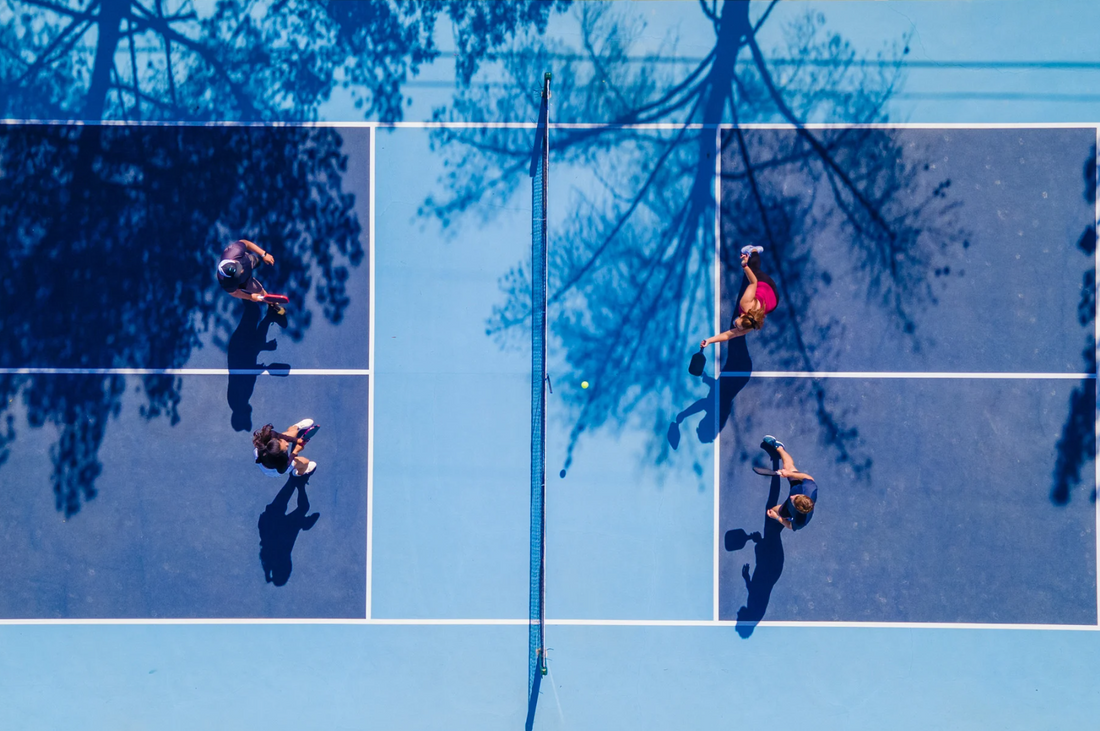
Weather-Proof Pickleball: Strategies for Playing in Wind, Heat, and Cold
Share
Pickleball is an exhilarating sport that thrives in the great outdoors, but Mother Nature isn’t always a cooperative doubles partner. From gusty winds that send the ball on an unplanned detour to scorching heat that saps your stamina, playing in varying weather conditions presents unique challenges. However, with the right strategies, gear, and mindset, you can stay competitive no matter what the forecast throws your way.
This guide will explore how to adapt your game to wind, heat, and cold, ensuring you’re always at the top of your game—rain or shine.
1. Conquering the Wind: Mastering the Unpredictable
Wind can be the trickiest element in outdoor pickleball, as even a light breeze can turn a well-placed dink into an unforced error. Whether dealing with a headwind, tailwind, or crosswind, adjusting your playstyle is crucial.
Key Adjustments for Windy Conditions:
- Control Over Power – Wind amplifies errors, so prioritize precision over aggressive swings. Keep your shots lower and more compact to prevent excessive ball movement.
- Adjust for a Headwind – When playing into the wind, expect the ball to slow down mid-flight. Use more force on drives and deep serves to compensate.
- Adapt for a Tailwind – When the wind is at your back, shots will carry farther. Reduce your swing power, focus on finesse, and use more topspin to keep the ball in play.
- Combat Crosswinds – If the wind is moving side to side, aim slightly against it to compensate for drift. Hitting flatter shots with less loft can also help maintain accuracy.
- Optimize Your Serve – A low, fast serve with topspin will be less affected by wind compared to a high, looping serve. Experiment with spin to find what works best.
- Choose the Right Ball – Heavier balls, such as indoor pickleballs or those with smaller holes, are less susceptible to wind interference.
Bonus Tip:
Watch how the wind affects your opponent’s shots and adjust accordingly. If they struggle to control the ball, use that to your advantage with strategic shot placement.
2. Beating the Heat: Staying Cool and Energized
Playing in high temperatures can be grueling, as excessive heat leads to dehydration, fatigue, and reduced reaction time. Proper preparation is key to keeping your performance sharp.
Tips for Hot-Weather Play:
- Hydrate in Advance – Don’t wait until you’re thirsty. Drink plenty of water or electrolyte-infused fluids hours before the match to maintain optimal hydration.
- Wear Heat-Resistant Apparel – Choose moisture-wicking, breathable fabrics to stay cool. Light-colored clothing reflects sunlight better than dark colors.
- Protect Yourself from the Sun – A wide-brim hat, UV-blocking sunglasses, and sweat-resistant sunscreen are essential to minimize sun exposure.
- Use Cooling Accessories – Cooling towels, wristbands, and even ice packs between games can help regulate body temperature.
- Modify Your Playstyle – Reduce high-energy, extended rallies when the heat is extreme. Controlled, strategic shots will conserve energy better than an all-out power game.
- Take Advantage of Timeouts – Heat drains energy fast, so use breaks wisely to hydrate and cool down.
Bonus Tip:
If playing on a hot surface like asphalt, be mindful of foot comfort. Heat-resistant court shoes or moisture-wicking socks can help prevent discomfort and blisters.
3. Braving the Cold: Staying Loose and Reactive
Cold weather presents its own set of difficulties, including stiff muscles, decreased ball bounce, and overall sluggish play. Adjusting to frigid temperatures requires a mix of physical preparation and strategic tweaks.
Best Practices for Playing in the Cold:
- Layer Smartly – Wear moisture-wicking base layers to keep sweat off your skin, and add an insulating layer for warmth. Gloves with grip-enhancing material can help keep hands warm without affecting paddle control.
- Warm Up Longer – Cold muscles are more prone to injury. Spend extra time stretching and doing dynamic warm-ups to maintain flexibility and prevent stiffness.
- Adjust Your Shot Power – In lower temperatures, the ball tends to lose its bounce and responsiveness. Adjust by hitting with more power and a slightly higher arc to maintain depth.
- Keep Your Feet Moving – Staying light on your feet prevents stiffness and helps maintain agility. Quick steps and active footwork will keep you engaged in the game.
- Use a Lighter Paddle – A paddle with a slightly softer or more flexible core can compensate for the reduced ball bounce in cold weather.
- Stay Mentally Engaged – Cold weather can slow reaction time, so keep your mind sharp by actively anticipating your opponent’s moves.
Bonus Tip:
Bring an extra set of warm gear, such as socks and gloves, in case you get too cold or damp from sweat. Staying dry is crucial for maintaining warmth.
4. Additional Weather-Proofing Tips
- Check the Forecast: Before heading to the courts, take a moment to check the expected conditions. Knowing what to expect helps you prepare better.
- Pack an All-Weather Kit: Keep a bag with essential gear like extra clothes, sunscreen, electrolyte drinks, and weather-adapted balls to handle sudden changes in climate.
- Adapt to Court Surface: Weather can affect playing surfaces differently. A damp or frosty court may be more slippery, so adjust your movements accordingly.
- Stay Mentally Flexible: Weather can be unpredictable, so embracing an adaptable mindset is crucial. Instead of getting frustrated by conditions, see them as an opportunity to refine your skills.
Conclusion: Mastering the Elements
Pickleball is a dynamic sport that demands quick thinking and adaptability—not just against opponents but also against the forces of nature. Whether it’s wind, heat, or cold, every weather condition presents a unique challenge, but also an opportunity to improve your game.
By understanding how to adjust your shots, movement, and endurance based on weather conditions, you’ll not only become a more versatile player but also gain a mental edge over those who struggle with environmental shifts.
So, the next time you step onto the court and face unruly winds, a blazing sun, or freezing temperatures, don’t see them as obstacles—see them as part of the game. After all, a true pickleball enthusiast is always ready to play, no matter what the sky decides!

